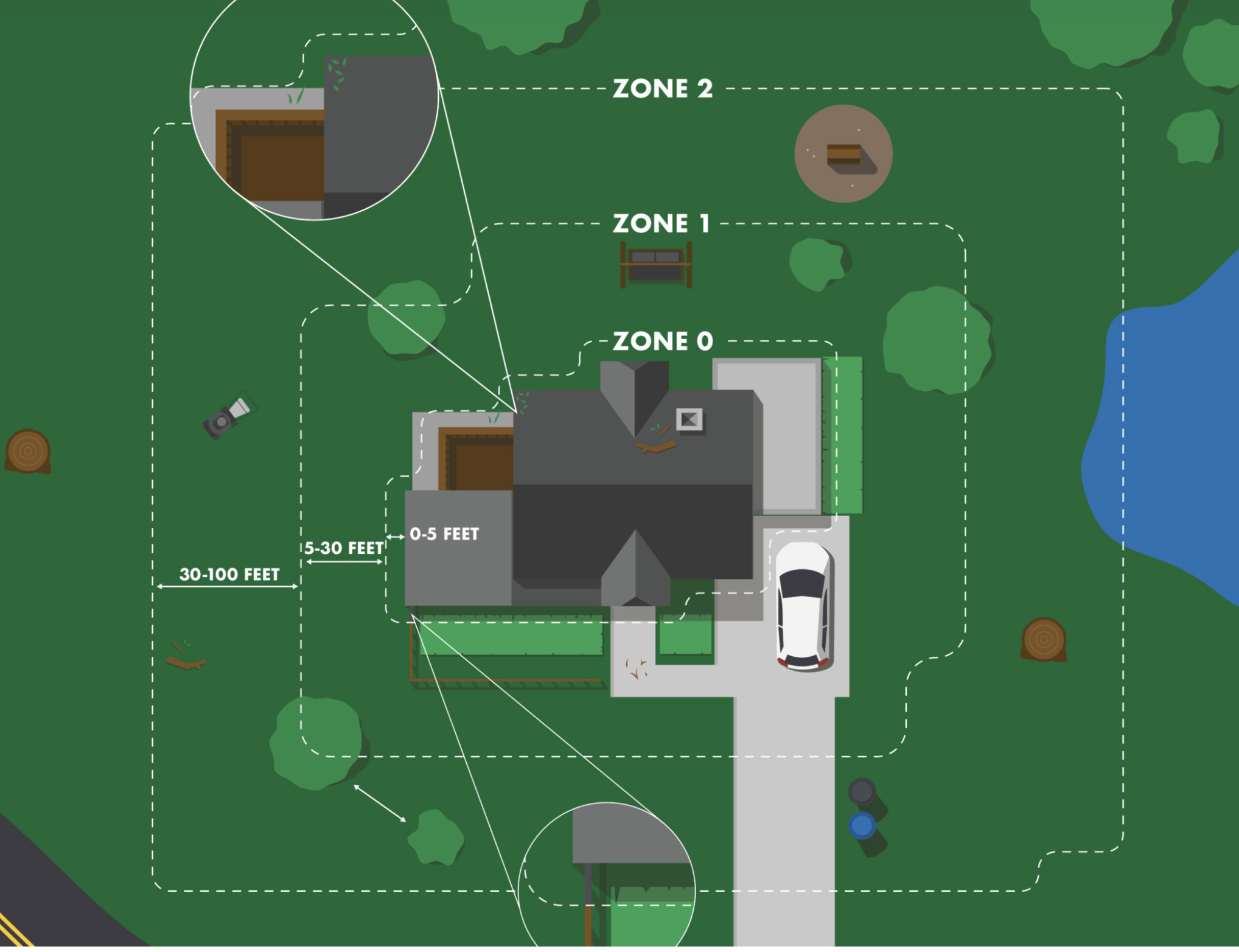Wildfires, floods, hurricanes and extreme heat are become more normal so it is important we look at how to protect, or at least minimize, the impact of climate extremes on our home. Innovation Opportunity Investment just did a great piece on technology that is helping in this area.
According to the article, "here are some of the latest advancements that are helping to make homes more resilient to climate events.
- Fire-resistant design: In wildfire-prone regions, design choices matter tremendously. Simple, cost-effective measures such as fiber cement siding, ember-proof vents, and fire-resistant roofing materials can significantly reduce wildfire damage. During the recent California Palisades Fire in early 2025, homes employing these techniques fared dramatically better.
- Flood and storm-resistant design: For regions vulnerable to flooding and hurricanes, elevated foundations and flood vents can provide crucial protection. Flood vents allow water to pass beneath homes rather than through them, preventing catastrophic damage. Impact-resistant windows and reinforced structural frames also can offer critical protection against high winds.
- Extreme heat with passive design: As extreme heat events become common, passive cooling design strategies are more critical. Incorporating shade structures, green roofs (also known as “living roofs”), and strategically placed windows to allow natural ventilation can dramatically reduce heat accumulation, lower energy consumption, and make homes comfortable even in severe heat waves.Climate resilience doesn’t have to mean building costly homes that are out of reach to many households. Recent advancements have introduced affordable and effective solutions:
- Self-Healing Concrete: Infused with bacteria that repairs cracks automatically, this material helps buildings remain structurally sound after extreme weather events
- Hurricane-Proof Windows & Reinforced Framing: These building techniques are becoming increasingly accessible, significantly reducing storm damage in hurricane-prone regions.
- Cool Roofing & Reflective Materials: Reflective coatings can reduce cooling costs by up to 40%, crucial in regions facing frequent heat waves.
- Wildfire-Resistant Landscaping: Using fire-resistant plants, creating defensible space around homes, and removing combustible vegetation can significantly reduce wildfire vulnerability.
- Green Roofs & Living Walls: These absorb stormwater, reduce urban heat, and provide natural insulation, decreasing energy usage and enhancing property resilience.
- Flood Mitigation with Natural Barriers: Restoring wetlands and incorporating permeable paving materials can significantly reduce flooding risk by managing stormwater runoff naturally."
In California we have lots of conversations about wildfires. As mentioned above, wildfire resistant landscaping a a great first step and creating a "defensible zone" around your home is an important. Cal Fire has some DIY on this. Basically the goal is to decrease fuel sources such as vegetation near your home. Your home is one of your largest assets so it is important to protect it. A kitchen remodel may be nice but perhaps climate-resistant improvements are a better use of funds.








